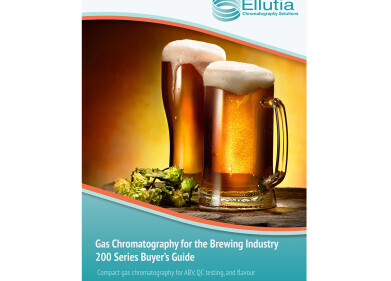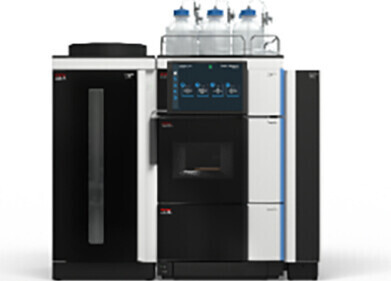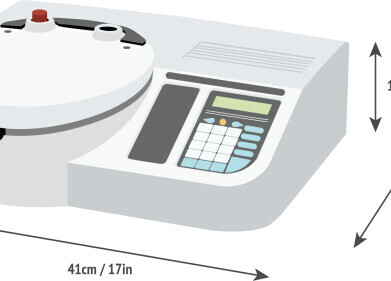-
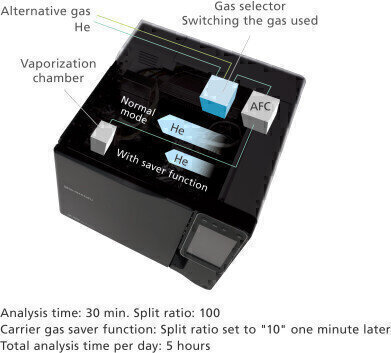 Schematic of Nexis GC-2030 with gas selector.
Schematic of Nexis GC-2030 with gas selector. -
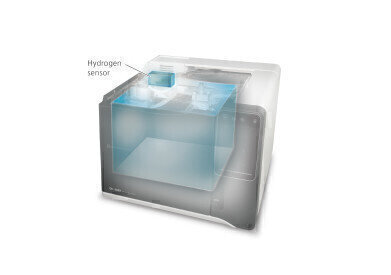 Schematic of Nexis GC-2030 with hydrogen sensor.
Schematic of Nexis GC-2030 with hydrogen sensor.
Chromatography
Helium - save it or swap it
Jul 15 2022
Solutions for the ongoing helium shortage
Helium is the preferred carrier gas in gas chromatography because of its high inertness and abilities supporting chromatographic separation. The increasing demand for helium in combination with limited availability as well as current events have exacerbated a pre-existing helium shortage. Prices therefore continue to rise, forcing users to look for alternatives.
As alternative carrier gases nitrogen or hydrogen can be used instead of helium. Nitrogen has a sufficient inertness, but lower diffusivity compared to helium or hydrogen. This restricts the use of nitrogen as carrier gas in applications with challenging separation and often the GC run time must be extended to get a sufficient peak resolution.
Hydrogen has a similar diffusivity but roughly two times lower viscosity than helium. It maintains a very good separation efficiency across a wide linear velocity range and therefore hydrogen is the best choice for fast GC applications.
The only disadvantage of hydrogen is the reactivity. It bears an explosion risk if the concentration rises to 4% in the air and for safe operation strict precautions must be taken. The Shimadzu GC-2030 offers a three-step safety solution for operation with hydrogen:
- In case of a big leakage the fast-responding advanced flow controller (AFC) immediately shuts off the carrier-gas supply
- A preventative, automatic leak-check function helps the operator to check for possible leakages after any kind of column maintenance
- An independent hydrogen sensor continuously checks the air inside the GC oven and shuts off the carrier gas control once a level of 1% of hydrogen in air is reached
If the GC application does not allow swapping to another carrier gas than helium the GC-2030 offers several functions to reduce the helium consumption:
- The carrier gas-saver functionality reduces the gas flow during analyses after injection and during brief standby periods
- The gas selector switches to nitrogen during longer standby periods. For continuing the measurements, it automatically purges the system for full carrier gas performance with helium
- Overnight or during weekends and holidays the GC shuts down automatically after the last analysis and restarts in time for the next working day
Depending on standby times and analytical conditions consistent use of these functions the overall gas savings can reach up to 90%.
Key features of the GC-2030 include the free choice of the gas type for carrier gas between helium, hydrogen, nitrogen, and argon. Alternatively, several features and accessories significantly reduce the helium consumption or running cost by switching to nitrogen during standby periods.
Digital Edition
Lab Asia Dec 2025
December 2025
Chromatography Articles- Cutting-edge sample preparation tools help laboratories to stay ahead of the curveMass Spectrometry & Spectroscopy Articles- Unlocking the complexity of metabolomics: Pushi...
View all digital editions
Events
Jan 21 2026 Tokyo, Japan
Jan 28 2026 Tokyo, Japan
Jan 29 2026 New Delhi, India
Feb 07 2026 Boston, MA, USA
Asia Pharma Expo/Asia Lab Expo
Feb 12 2026 Dhaka, Bangladesh
